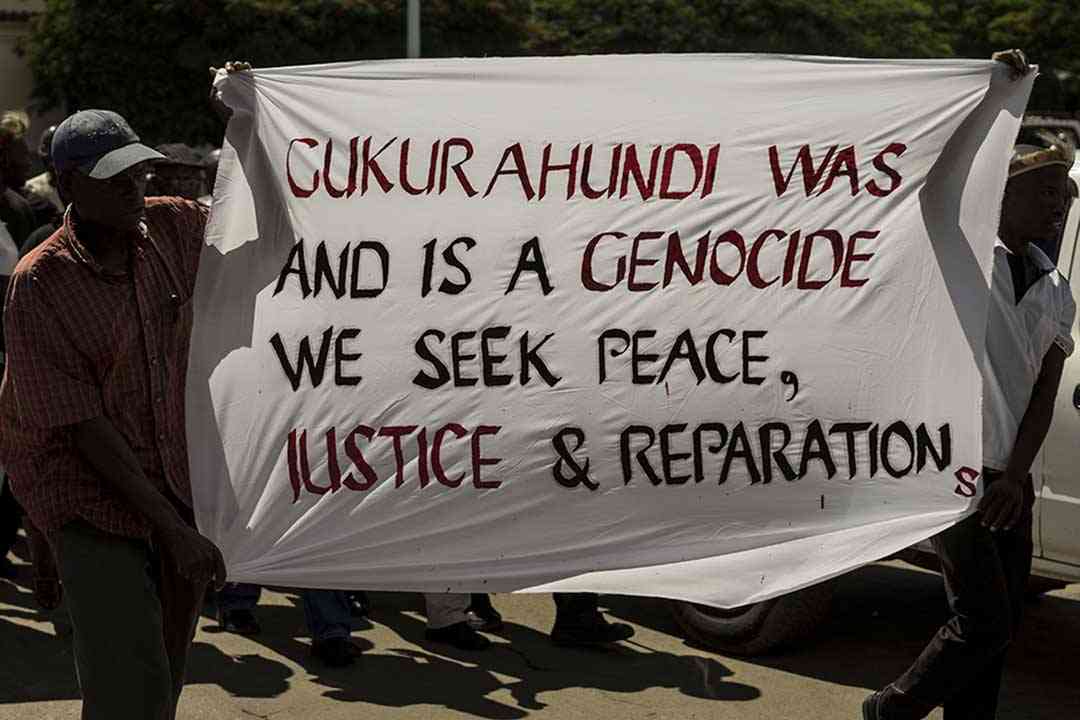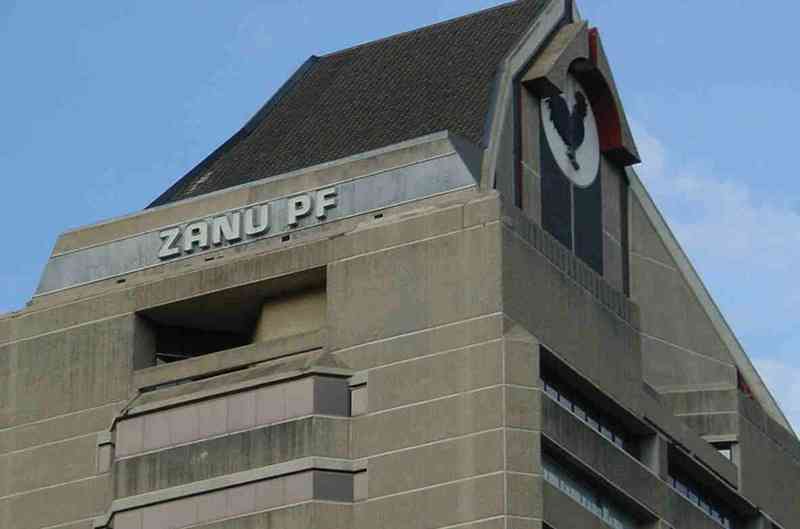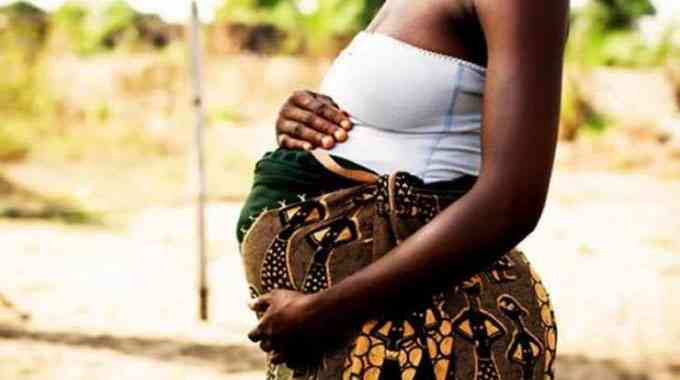
GOVERNMENT has attributed delays in food aid distribution to logistical challenges, including congestion at depots and difficulties in transporting food to the worst affected areas.
Justice minister and leader of government business in the National Assembly Ziyambi Ziyambi said this while responding to questions from legislators on the hunger situation in the country.
He said investigations uncovered several hiccups that hindered food delivery to some areas.
Ziyambi said the majority of food stocks were stored in Mashonaland West province, making it challenging to transport it to other regions.
“In short, let me say that this year, food was not given on a monthly basis, but for three months. Something went wrong such that not all the places got food, but it does not mean that if you did not benefit, we should go back in retrospect because the time has passed and you are alive,” he said.
“We did our investigations and saw that there were a lot of hiccups that made it impossible for food to reach other areas because most of our food is found in Mashonaland West, so it was difficult to move food.”
Ziyambi added: “Mashonaland East was affected because their depot is Aspindale and there was a lot of congestion, so we increased the transportation . . . we do not want people to die until we get to the next season.”
Public Service deputy minister Mercy Dinha was also taken to task over the selection process for the beneficiaries amid reports that the exercise had been politicised.
- Mr President, you missed the opportunity to be the veritable voice of conscience
- ED to commission new-look border post
- Zanu PF ready for congress
- EU slams Zim over delayed reforms
Keep Reading
Dinha said the initial list of beneficiaries was compiled by village heads in April before Zimbabwe Livelihoods Assessment Committee and Food Security (ZimLAC) Programme completed its assessments.
The first phase of food distribution, which ran from May to July, targeted 6,1 million people, exceeding ZimLAC’s estimated 4,7 million vulnerable individuals.
Dinha said reverting to ZimLAC’s results would have disadvantaged many, as it would have reduced the number of beneficiaries.
Instead, the government continued using the initial list, which was compiled through community consultations and agreements on the most vulnerable families, Dinha said.
“When we continued giving food handouts, we did not revert to the results because people would have been disadvantaged because by doing that, we could only give food aid to a few people,” she said.
“We then resorted to the number that we had given in that first phase. These people are the people who were considered to be vulnerable.
“When this assessment was done, people had meetings with their village heads and agreed on the families to receive food aid.”
Zimbabwe has not been spared by the El Niño-induced drought.
In April, President Emmerson Mnangagwa declared the drought a state of national disaster and appealed for US$2 billion for food aid.
The figure was later revised to US$3 billion.
In the same month, Agriculture minister Anxious Masuka said the 2023/24 Summer Crop Marketing, Food Security Outlook to March 2025 indicated that close to eight million people would need food aid.










